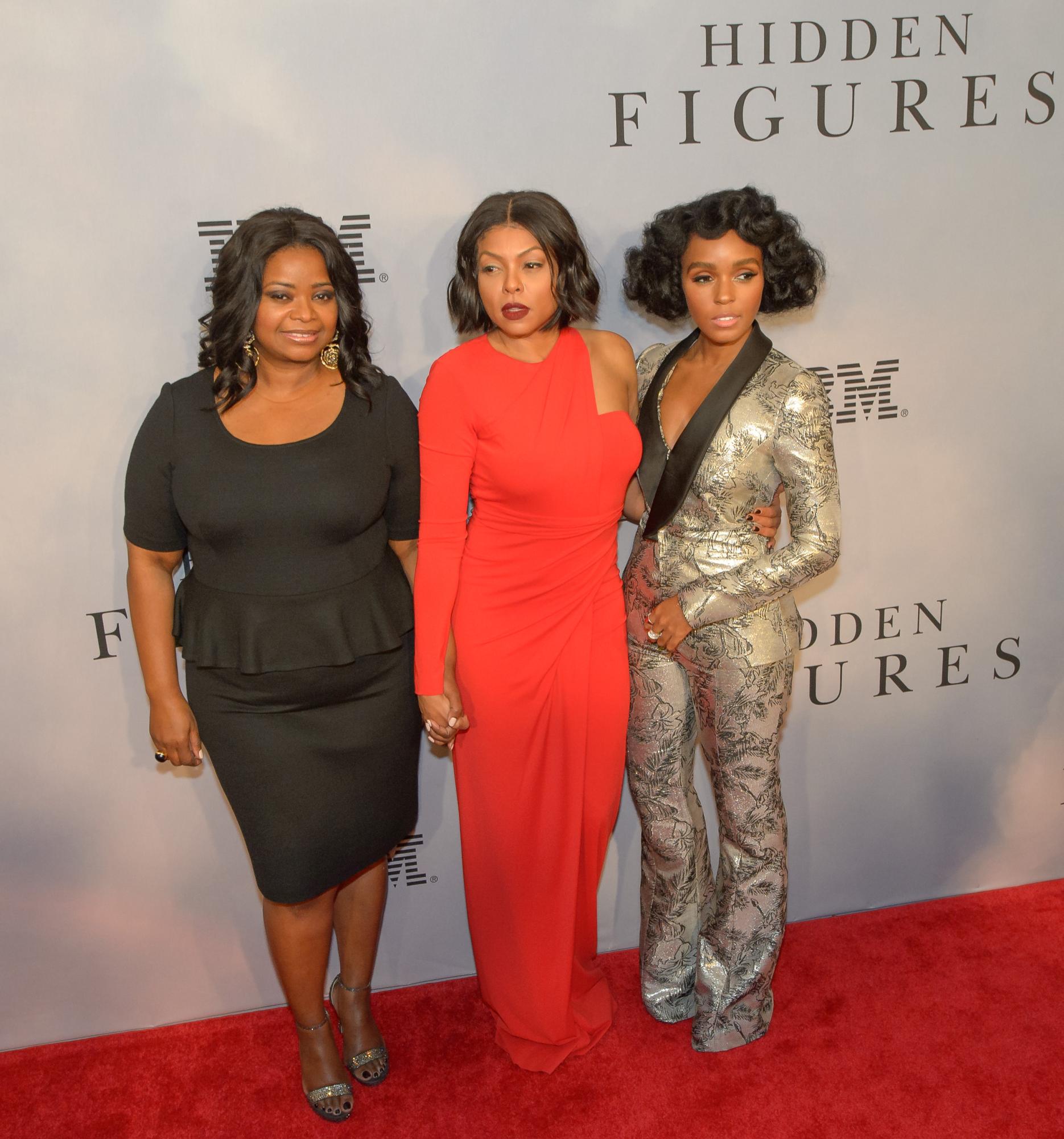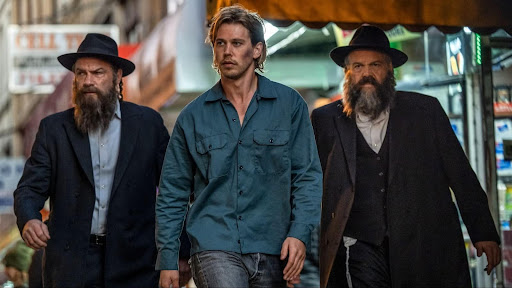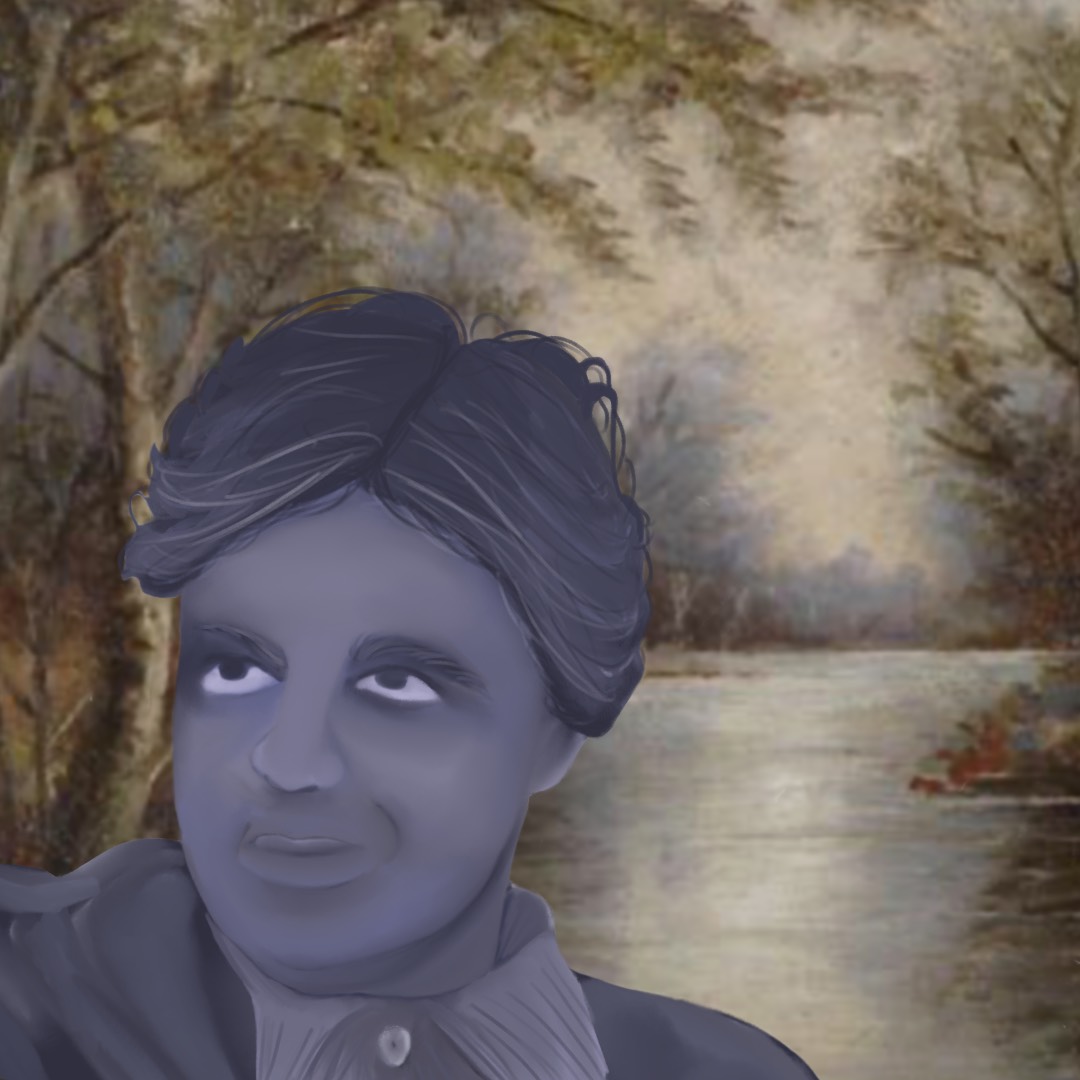It’s no secret that women are underrepresented in media and history. According to the Harvard Business Review, women only show up in a quarter of radio, television, or news stories as the subject of the story. Hidden Figures is an American biographical drama directed by Theodore Melfi, that addresses the subject matter and manages to find a middle ground between being informative and entertaining.
Hidden Figures loosely portrays the real-life story of three African-American women who assisted in the efforts made by the United States during the space race that took place from the mid-1950s to the mid-1970s as a result of the Cold War. The movie’s setting specifically takes place in 1961, while also highlighting the struggles of being a minority and working in a male-dominated workspace.
The film helps show that all accomplishments need consideration, with many huge achievements from women in the fields of government, journalism, civil rights, and science. However, these feats are overshadowed by men in similar roles and the significance of their work can be ignored. A lot of history about women remains undocumented, hence the title.
The plot revolves around Katherine Goble Johnson, played by Taraji P. Hensons, and her peers, Dorothy Vaughn and Mary Jackson, acted by Octavia Spencer and Janelle Monae, respectively. The trio all give spectacular performances, containing a visible on-screen chemistry with each other in many of its scenes during its two-hour runtime.
The struggles portrayed in Hidden Figures give a well-needed insight into the time of the 1960s, as they show the jealousy and competitiveness of that work field. These feelings were amplified for minority women who were trying to secure a job and upstart their careers.
For instance, there is one scene in particular where Katherine receives a new desk in a higher department, with her role being someone who rechecks calculations. In response, her male peers side-eye her, while the only other woman there tries not to acknowledge her because of her race. The film showcases the loneliness in these cutthroat and ignorant settings, but it also shares the insight that changes need to be made, as it gives the audience an understanding and sympathy for the characters.
Over the course of the movie, Katherine and her friends are able to overcome their challenges, proving to others that women and African-Americans are just as capable and should be treated with equality and respect.
In addition, Hidden Figures reveals a story of independence as it emphasizes Katherine’s efforts to raise children as a single mother. As one of the main plotlines in the film, it showed that the aspects of independence and being alone are not correlated and cannot be used interchangeably. Simultaneously, it also gives a glimpse into the reality that most single parents in society have to live, cope, and struggle with, with emotional beats that are still felt by today’s audiences.

Apart from its plot, the soundtrack is another major highlight of this movie. It is worth listening to even if one were to listen to it as its own separate entity and can be played in the background in today’s social settings. It features artists such as Mary J. Blidge, Pharell Williams, and Alicia Key, who bring out their top-notch vocals with their own respective songs.
On an interesting note, the tracks also serve as an important role when it comes to presenting the emotions that are felt by the characters and their relationships to each other, such as their loving moments between their friends and family and a sense of reconciliation between colleagues overtime throughout the duration of its runtime.
One song that is played in the movie is called Runnin’ by Pharrell Williams, which appears when Katherine runs back and forth between the bathroom for minorities and back to her desk, contrasting its easy beats and smooth vocals with the stressful tone of the situation portrayed on screen.
Another piece that is present in the film is Isn’t This The World, sung by Janelle Monae. The song alludes to the musical composition that is often associated and featured prominently in the 1960s, which matches the time period the plot is set in, but is able to incorporate modern sounds with hi-hats and a neo-soul sound.
Overall, this is a movie that is more than just about the accomplishments these people made. It is about their lives and relationships with others, while simultaneously reminding everyone that people can get along with each other.
Although Women’s History Month has come to a close for this year, Hidden Figures still remains a great pick to watch anytime.






